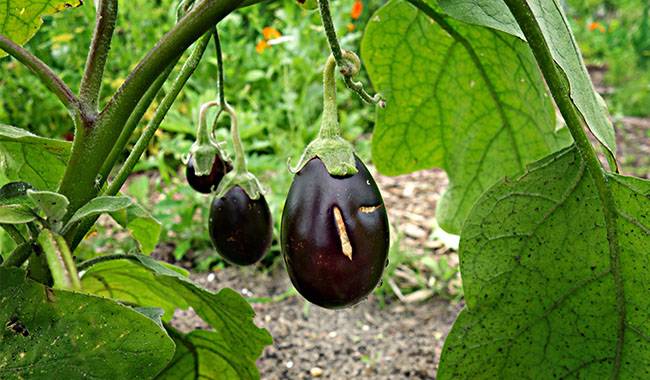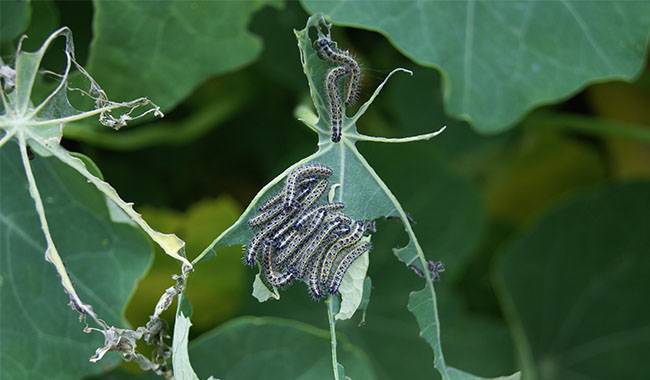How to Care for Grape Vines in Winter

How to Care for Grape Vines in Winter The grape has accompanied mankind since ancient times, quenching thirst, invigorating the soul, and healing the body. The grape has been grown in the United States since the end of the 16th century, with brief success. This success was short-lived as it succeeded in protecting the root system (under snow) from high loading temperatures of 32°F (0°C) during some snowy winters, while in the spring, it formed the ground for mass and harvest. Over time, it was recognized that the conditions in the United States required grape varieties with specific properties: increased resistance of the root system to high loading temperatures of 32°F (0°C) and increased resistance of the vines to winter frosts. To avoid losses, it is necessary to winter cover the vineyards, especially for table varieties, and you should do it correctly, as described in our article today on how to care for the grape vines in winter . A. Preparing grapevines for the cold...




